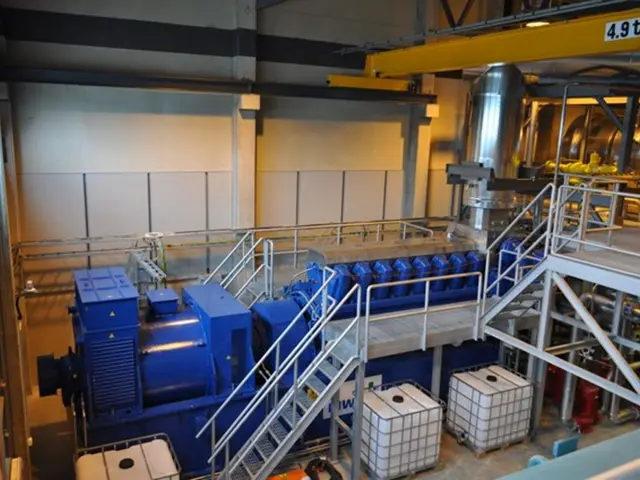Understanding Fixed Deposits: Comprehensive Information on Fixed Deposit Accounts
Investing in Flexi Fixed Deposits (FDs) as a senior citizen in India offers several benefits, along with specific tax implications. FDs are investment instruments offered by banks and Non-Banking Financial Companies (NBFCs), providing a safe and guaranteed return over a fixed period.
### Benefits of Flexi FDs for Senior Citizens
Senior citizens typically benefit from higher interest rates than regular FDs, often around 0.25% to 0.35% more. Some banks offer interest rates up to around 7.3%-8.1% p.a. with senior citizen benefits. Flexi FDs also provide the convenience of flexible tenures, allowing investors to choose maturity periods between about 12 to 60 months.
Another advantage is the safety offered by FDs, as they are insured up to ₹5 lakh per depositor per bank by the Deposit Insurance and Credit Guarantee Corporation (DICGC). Additionally, flexi FDs often allow partial withdrawals or overdraft facilities while keeping the rest invested at higher FD rates.
### Tax Implications
Interest earned on Flexi FDs is fully taxable as per the senior citizen’s income tax slab rates. If interest income exceeds ₹40,000 per year (₹50,000 for senior citizens), banks deduct Tax Deducted at Source (TDS) at 10%. If the senior citizen does not provide a Permanent Account Number (PAN), TDS may be deducted at 20%.
Unlike tax-saving FDs under Section 80C, regular and flexi FDs do not offer deductions for interest earned. Only tax-saving FDs qualify for Section 80C deductions (up to ₹1.5 lakh, locked-in for 5 years).
### Comparing FD Rates Across Financial Institutions
Here's a summary of FD rates offered by various banks and NBFCs:
- Punjab National Bank: 3.50% to 7.25% for regular FDs and 4% to 7.75% for senior citizen FDs. - State Bank of India: 3% to 6.75% for regular FDs and 3.50% to 7.25% for senior citizen FDs. - HDFC Bank: 3% to 7% for regular FDs and 3.50% to 7.75% for senior citizen FDs. - ICICI Bank: 3% to 7% for regular FDs and 3.50% to 7.50% for senior citizen FDs. - Bajaj Finserv NBFC: 7.15% to 7.85% for regular FDs and 7.40% to 8.10% for senior citizen FDs. - Mahindra Finance NBFC: 7.05% to 7.50% for regular FDs and 7.30% to 7.75% for senior citizen FDs.
### Cautions and Considerations
Non-resident Indian citizens can invest in non-resident external (NRE) or non-resident ordinary (NRO) fixed deposits. Corporate fixed deposits carry a higher risk compared to bank and NBFC deposits, as they do not provide insurance coverage.
A flexible fixed deposit is linked to a savings account and allows for automatic transfers of excess funds to a fixed deposit via an auto sweep-in feature. The rate of interest offered on fixed deposits varies from one financial institution to another.
To maximize tax efficiency, senior citizens can consider tax-saving FDs or other instruments alongside Flexi FDs. Section 80D, which relates to health insurance premiums and medical expenses for senior citizens, does not provide deductions on FD investments.
In conclusion, investing in a Flexi FD as a senior citizen in India combines safety and relatively higher returns with flexible tenures. However, it's essential to consider the tax implications and explore other investment options to optimize returns and tax efficiency.
- For those considering investing in mutual funds alongside Flexi FDs, they may provide diverse investment avenues and potential higher returns, given market fluctuations.
- In the domain of personal-finance, having insurance coverage such as life insurance or health insurance can offer additional financial security and peace of mind, especially for senior citizens.
- By researching and comparing the FD rates offered by a variety of banks and financial institutions, one can ensure they are making financially sound investments that best fit their individual financial goals.




